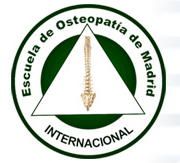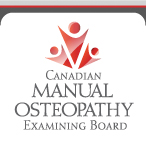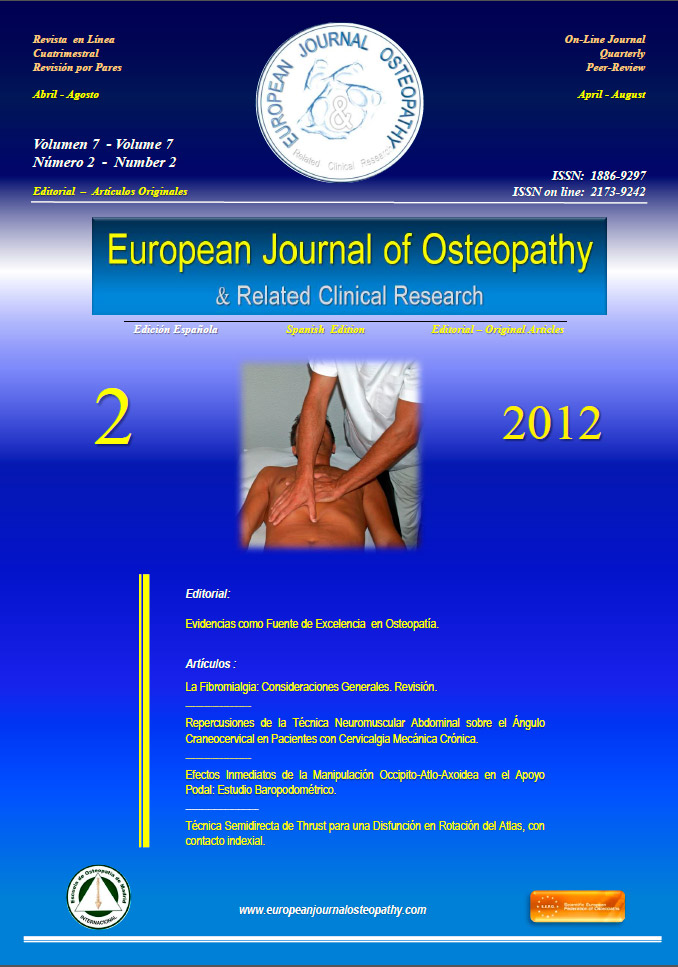The first scholarly research paper on the use of the Feldenkrais Method® with children was written by Chava Selhav Silberbush in 1987. This was her thesis for her Masters in Education from Boston University in 1987.
Chava identified several ways in which the Feldenkrais Method develops neurological functioning for individuals who were not able to develop these functions in a natural way due to the disease. First, a Feldenkrais® practitioner interacts with the whole being of the child, observing and responding to the developmental, emotional and social needs of the child. Second, the practitioner immediately works to “instill confidence in the child,” so that the child looks forward to each session. Third, the practitioner looks beyond the achievement of passive motor patterns towards “giving the child the possibility of learning to integrate existing patterns and to create new patterns by using other alternatives to serve the need of the moment.” Thus, the method helps the child to enable themselves.
One of two case studies presented in detail was about a boy who had received conventional therapies since he was diagnosed with CP at 3 months of age. Yet, at six years of age the boy was unable to sit unaided, to crawl, or to lie on his back with his knees bent. He lacked motivation to draw or to move by himself.
The boy received ten Functional Integration® lessons with Chava over the period of a year. At the end of the year, the head of the boy’s school reported that he “no longer needs special care. He can sit freely, alter his position and return to sitting without assistance… He has learned to relax separate parts of his body at will.” The report continues, “He is now capable of doing arithmetic… His ability to paint and the enjoyment he derives from it have greatly increased… He has manifested for the first time the desire to move.”
According to the boy’s mother, the former methods created an atmosphere of tension; he was forced to remain in fixed positions causing him pain. Then, after participating with the Feldenkrais Method, the mother could work with the child in a way that was enjoyable for both. She reported, “He has changed, not only physically, but also in his whole being. He has found faith again… he himself has discovered his potential and this gives him self-confidence… Our relationship has become wonderful.”
Go to Content








 4:09
4:09
 Daniel Enriquez de Guevara
Daniel Enriquez de Guevara





























.jpg)






















0 comentarios :
Publicar un comentario